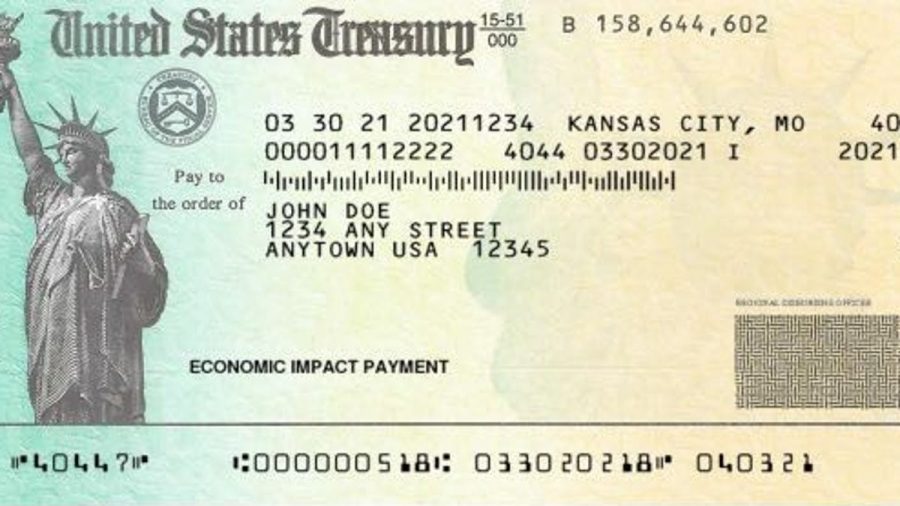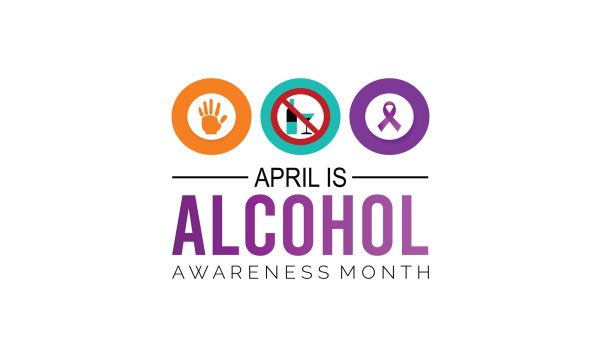Decline of Child Poverty Quickened in 2020, says Census Bureau
September 23, 2021
The child poverty rate in the United States has been steadily declining since 2012. SNAP benefits, tax credits, and other programs, as well as an increase in general economic standing, have all had some part to play in this decline. In 2020, it was assumed that the Covid-19 pandemic would increase child poverty, but Congress’s new federal relief programs have lead to an even sharper decline than before.
The federal government responded quickly and significantly. And it’s very clear that those efforts prevented a sharp rise in poverty.
— James Sullivan, econ professor at University of Notre Dame
According to the US Census Bureau, ¨Stimulus payments, enacted as part of economic relief legislation related to the COVID-19 pandemic, moved 11.7 million persons out of poverty.¨ The SPM rate, or Supplemental Poverty Measure, which accounts for government assistance programs, recorded a poverty rate of 9.1 percent for 2020, the lowest rate since the recording began.
In 1964, President Lyndon Johnson began tackling such a large issue, calling for an ¨all-out war on human poverty and unemployment in these United States.¨ Most of his efforts were directed towards elderly populations, which were the most in need at the time. From an estimated poverty rate of about 30 percent in 1964 to a poverty rate of 9 percent now, his work has paid off. Not the focus of these programs were children, who as late as 2012 were poverty-stricken at a rate of about 21 percent.
This administration today, here and now, declares unconditional war on poverty in America… The richest Nation on earth can afford to win it. We cannot afford to lose it.
— Lyndon B Johnson
This all changed when economic growth took off following the financial crisis, and as a result of the Affordable Care Act. By 2019, child poverty had fallen to around 13 percent. In 2020, as a result of stimulus payments, and a newly introduced child tax credit, the rate nosedived to roughly 9 percent.
With the hope of sinking this rate even lower, public officials are looking for ways to get people to file for their benefits. Most residents below the poverty line pay little to no income tax, so some may not be on file. With more work, the rate can sink even lower.
Sources:




